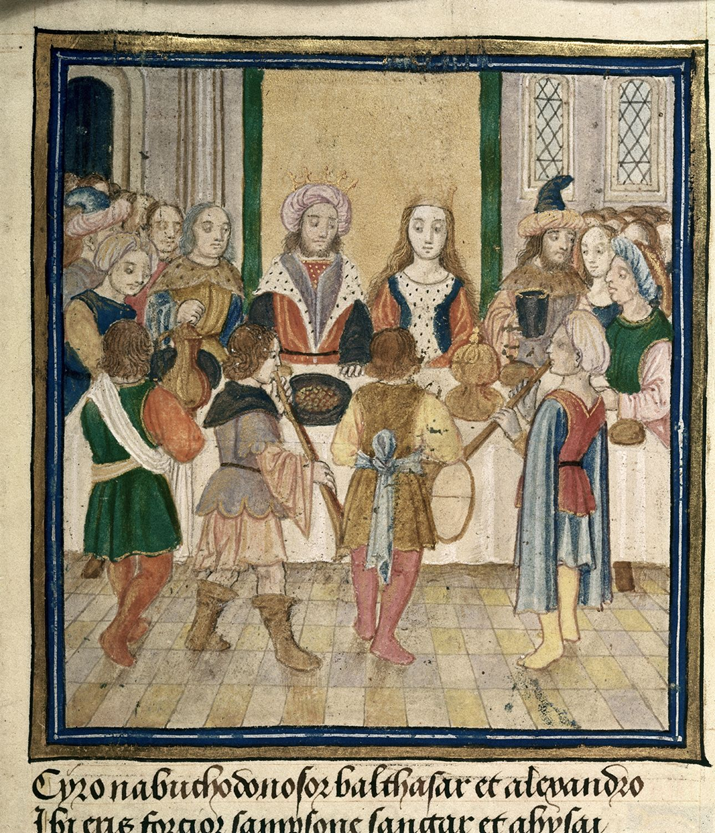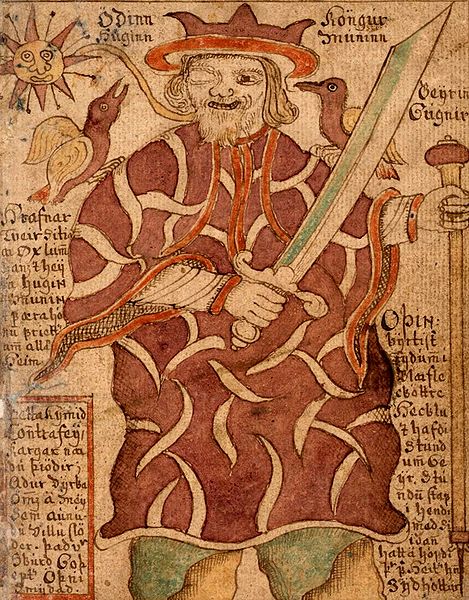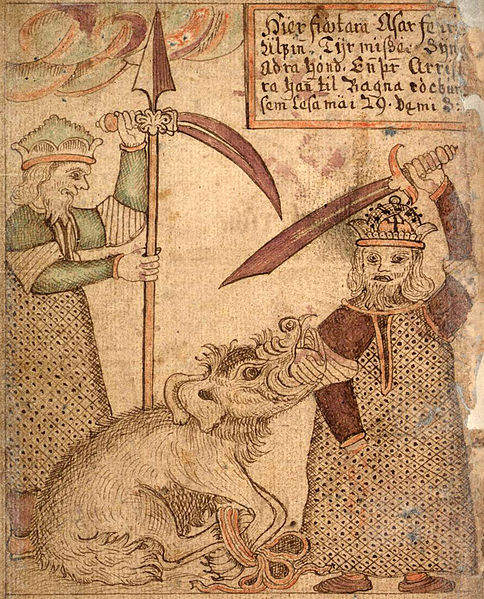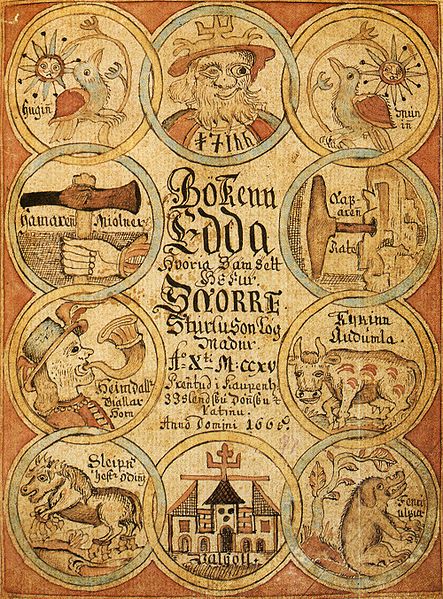The plot of Gawain and the Green Knight centers around agreements. Gawain’s search for the green chapel begins in an attempt to fulfil his vow to exchange blows with the Green Knight.
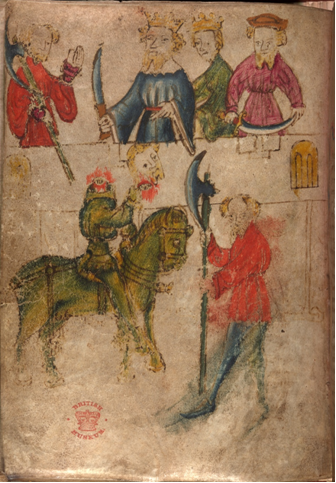
The journey leads into a second set of agreements—in the three days that he stays with Bertilak (the green knight in disguise), he and Bertilak agree to exchange whatever winnings they gain by day when they meet again at night. Although Gawain successfully exchanges winnings two out of the three nights, kissing Bertilak for each kiss Bertilak’s wife gave him, he keeps a girdle that Lady Bertilak claims protects the wearer from blows: Þer is no haþel vnder heuen tohewe hym þat myȝt (1853).
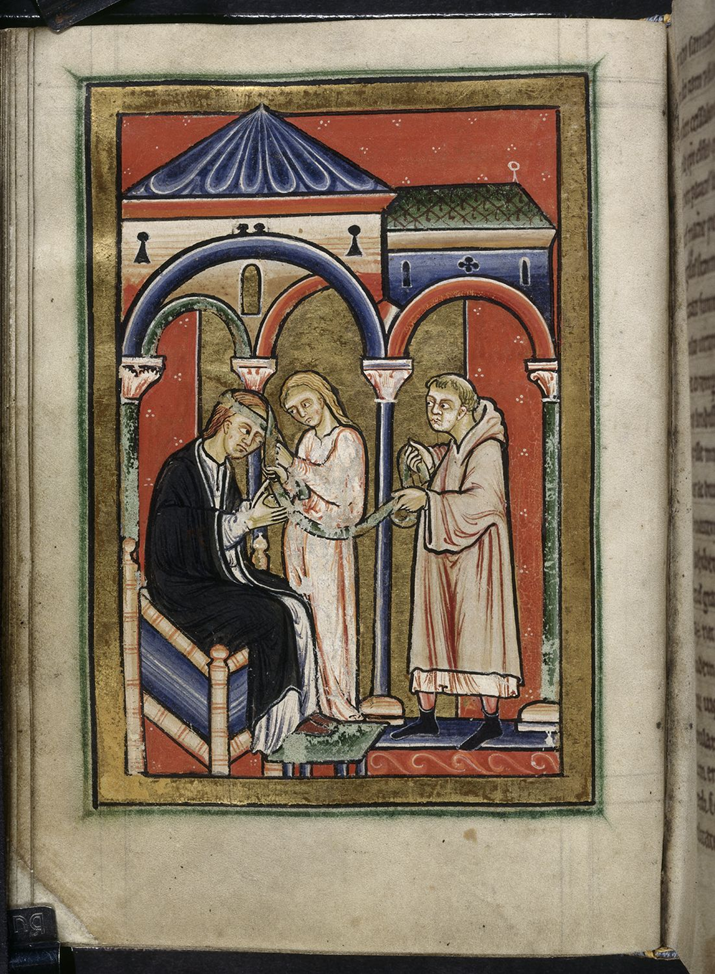
Thomas D. Hill argues that Gawain’s failure to exchange the girdle is only a venial sin. He bases this argument on Augustine and Aquinas. St. Augustine says that jokes are not lies because the speaker’s disposition and tone are joking. Hill then proposes that tone and disposition must also apply to Thomas Aquinas’s much later concept of jocose lies, or lies that are told for pleasure, which Aquinas categorizes as venial sins.
Hill’s article points out that each exchange of gifts and vow to exchange them on the next day drips with the language of games, joking and laughter (283). Since the agreement to exchange winnings was made for entertainment under mirthful conditions, he suggests that Gawain’s decision to keep the girdle is a venial sin—St. Augustine argues that jokes are not lies. However, Augustine’s jokes use extralinguistic cues like tone of voice and demeanour to communicate the truth non-verbally.
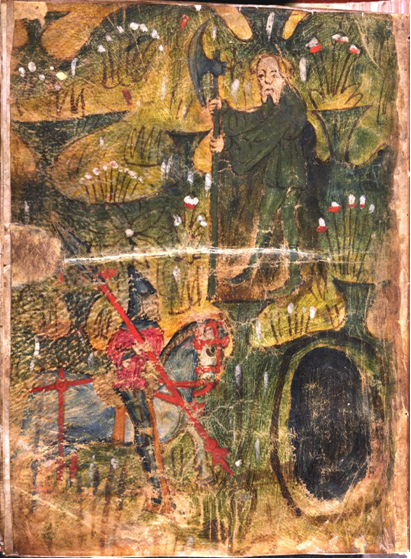
This doesn’t happen with Gawain and the girdle. At the exchange where he keeps the girdle, he is mirthful. The text calls him “Sir Gawayn þe gode, þat glad watz with alle” (1925), speaks of his joye, ‘joy’, and emphasizes that he and Bertilak “maden as mery as any men moȝten” (1953). Despite this display of gladness, joy and mirth, Gawain’s disposition does nothing to communicate that he has the girdle. In fact, it conceals his oath-breaking—Gawain blends into the mirthful atmosphere that Bertilak has established at each of the previous exchanges of winnings.
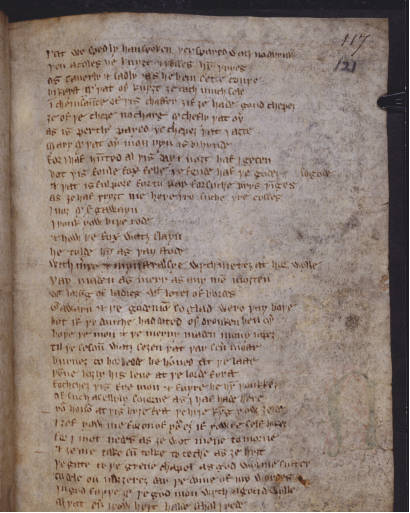
This is the opposite of St. Augustine’s jokes—Gawain’s non-verbal communication assists his deception of Bertilak.
Bertilak’s laughter, mirth, and games also conceal lies of omission. He withholds information that he can survive a beheading, that he is also the Green Knight, and that he’s asked his wife to tempt Gawain. Yet, he controls the atmosphere of each exchange. He challenges Gawain to a Crystmas gomen, a Christmas game, and appears in the midst of a feast (283). This decision also places the exchange of winnings in the Christmas season—he tells Gawain to come a year afterwards. While Bertilak portrays both oaths as entertainment, their apparent levity both masks and contrasts Bertilak’s darker intentions. Unlike Augustine’s jokes, the non-verbal communication and mirth of Gawain aids in deception rather than revealing the truth.
Rachel Hanks
PhD Candidate
Department of English
University of Notre Dame
Works Cited
Andrew, Malcolm, and Ronald Waldron. The Poems of the Pearl Manuscript: Pearl, Cleanness, Patience, Sir Gawain and the Green Knight. Univ of California Press, 1982.
Hill, Thomas D. “Gawain’s Jesting Lie: Towards an Interpretation of the Confessional Scene in Gawain and the Green Knight.” Studia Neophilologica 52, no. 2 (January 1, 1980): 279–86. doi:10.1080/00393278008587778.
